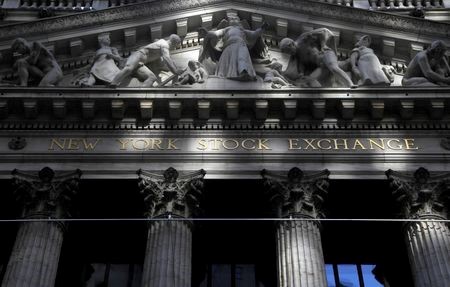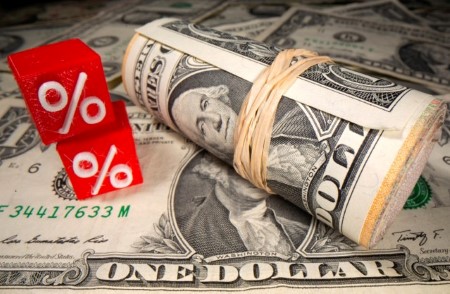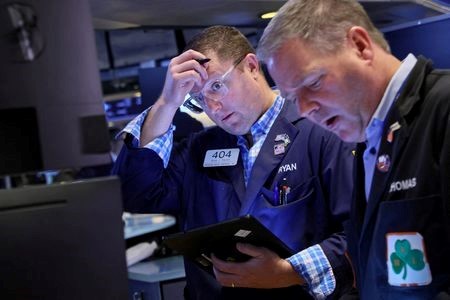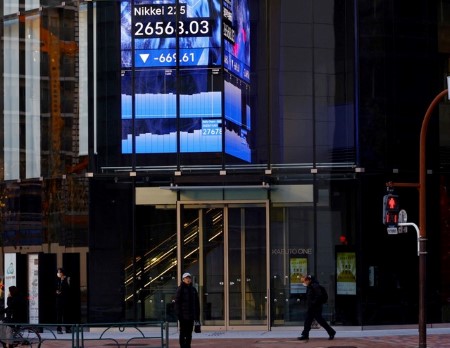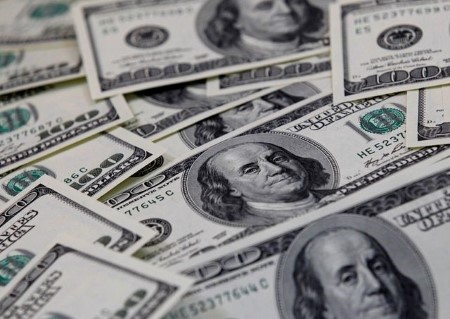NEW YORK, June 23 (Reuters) – Global stock indexes fell and the US dollar rose on Friday as investors digested comments from Federal Reserve officials that signaled further interest rate hikes ahead.
Major US stock indexes posted losses for the week, with the Nasdaq snapping an eight-week winning streak. The S&P 500 ended a five-week streak of gains.
San Francisco Fed Bank President Mary Daly said in an interview with Reuters that two more rate hikes this year is a “very reasonable” projection.
Fed Chair Jerome Powell in testimony to US lawmakers this week suggested the central bank has not reached the end of its tightening cycle, while he provided reassurance that the Fed would proceed with caution.
Nasdaq led losses on Wall Street, and all of the major S&P 500 sectors ended lower on the day.
The Dow Jones Industrial Average fell 219.28 points, or 0.65%, to 33,727.43, the S&P 500 lost 33.56 points, or 0.77%, to 4,348.33 and the Nasdaq Composite dropped 138.09 points, or 1.01%, to 13,492.52.
The pan-European STOXX 600 index lost 0.34% and MSCI’s gauge of stocks across the globe shed 0.95%.
Treasury yields fell as the market allowed for at least one more Fed rate hike in the near term and weighed the potential for slower growth following weaker-than-expected growth in the euro zone.
“The Treasury market is pricing in the reality of monetary policymakers’ willingness to risk an economic slowdown of some significance in their endeavor to re-establish price stability,” said Ian Lyngen, head of US rates strategy at BMO Capital Markets in New York.
Benchmark 10-year notes were down 6.2 basis points to 3.737%, from 3.799% late on Thursday.
Euro zone government bond yields fell on news that German business activity, as measured by purchasing managers indexes (PMI) slowed notably in June, while French business activity contracted this month for the first time in five months.
In the foreign exchange market, the dismal business activity data from around the globe also soured risk sentiment. Data Friday showed US business activity fell to a three-month low in June as services growth eased for the first time this year and the contraction in the manufacturing sector deepened.
The dollar index rose 0.469%, with the euro down 0.58% to USD 1.0892.
Oil prices ended lower on the day and posted a weekly decline as traders worried about demand.
Brent crude fell 29 cents to settle at USD 73.85 a barrel. US West Texas Intermediate (WTI) crude slipped 35 cents to USD 69.16.
(Additional reporting by Gertrude Chavez-Dreyfuss and Herbert Lash in New York; and Huw Jones and Tom Westbrook, Editing by David Evans, Nick Zieminski, and Aurora Ellis)







 DOWNLOAD
DOWNLOAD




